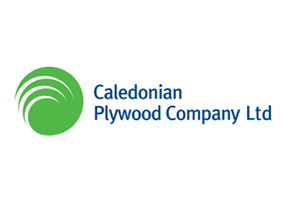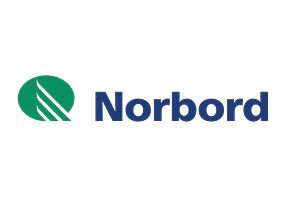Housing infrastructure: contemporary issues in timber adoption.
WHO IS THIS RESEARCH RELEVANT TO AND WHY
Those involved in Housing infrastructure and dealing with implementing or considering the contemporary issues in timber adoption.
ABSTRACT / DESCRIPTION
Scotland currently has 76·7% of all implemented timber-framed buildings in the UK housing market. England’s figure is 16%. The English contribution is considered relatively low given its demand for more sustainable, low-cost social housing. The aim of this study is to investigate potential contemporary barriers to the adoption of timber as a primary structural material in residential housing developments in England. The research methodology is quantitative and findings revealed that a combination of economic, cultural and psychological issues rather than technical and durability performance are responsible. These are fundamentally due to lack of education regarding the use of timber, erroneously perceived increased maintenance costs of timber housing, developers’ influence and monopoly over timber technology, uncertainty in property resale value and the recent overall lack of confidence in timber technology. It is recommended that improved training comprising compulsory basic timber technology and sustainable construction is adopted as a formal prerequisite for the attainment of relevant qualifications within the built environment, civil engineering and architecture. To this end, the benefits of sustainable construction, specifically, timber, in housing should be introduced even at the pre-university level, within schools and colleges. Also recommended are public awareness campaigns through relevant institutions, in the public and private sectors and among construction professionals, of the merits and misconceptions surrounding timber technology.



















